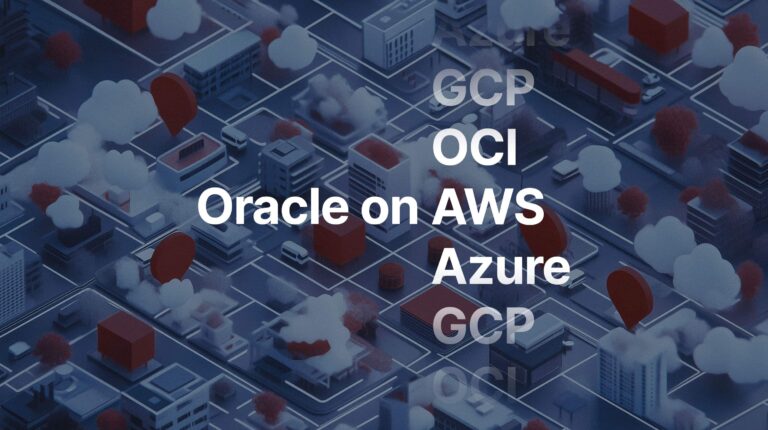House of Brick Principal Architect
I’m sure that all of you have at least heard about vFabric Data Director by now. You know that it is the first database-as-a-service offering featuring true database virtualization (if not, I’ll explain this one shortly). You know that the first release included vFabric Postgres, a powerful ANSI-SQL compliant transactional relational database engine based on the venerable PostgreSQL. I’m sure that you know it contains a self-service portal that allows end users to manage these databases themselves.
But, do you really grasp the benefits and the power of this platform? What does this mean for you and your organization?
One of the more obvious benefits is that Data Director reduces administrative overhead on your DBAs. It provides a self-service portal so your users can manage the database, and all of the usual administration, themselves. All of the routine tasks for which developers usually require DBA time, such as backups and restores, cloning, and new database provisioning, are available in a simple to use interface.
It creates an enticing sandbox where the ‘Shadow IT’ elements in any organization will want to migrate their unsupported or unapproved databases into. These empowered users should be welcomed with open arms into this new environment and given direct access to move their unregulated data into vFabric Data Director.
By placing this data into vFabric Data Director, it is now secured, backed up, and contained under your corporate policies. Perform a vulnerability scan across your network on port 1433 and look for unauthorized SQL Server instances. One acquaintance, who has 800 SQL Server instances in their controlled environment, recently discovered over 1200 unknown SQL Server instances scattered amongst the development landscape. Twelve of these instances had databases for business-critical applications that were actually in production. None were secured or regularly backed up. It’s scary, isn’t it? It doesn’t have to be this way.
vFabric Data Director also provides for elastic pools of resources needed to run these vFabric databases. This means these development systems are independently isolated. High availability is simple, and the instances are scalable. Resources can be hot-granted into the vFabric Data Director environment as well as an individual instance.
It also creates a multi-tenant model that can create resources for independent organizational units. Your organization is guaranteed to have distinct groups of developers that have different needs for databases. Cater to their needs while letting them service their own demands.
But… why not use pre-configured VM templates?
Do you want unchecked VM sprawl, along with the resources to run them all? Doubtful.
Should your development team have access into the same tool that you use to manage your business-critical systems? Doubtful.
Do you want the overhead of storing many copies of these VMs, with their operating systems and overhead, just so the development has a few ad-hoc backups? Doubtful.
Do you want the possibility of introducing a ‘noisy neighbor’ next to a business-critical system? Doubtful.
But… why not use vCloud Director?
Think about this one for a moment. vFabric Data Director magically turns many VMs, each containing one or more individually managed database instances, into a single database service with a centralized provider. vCloud Director could perform the function of a self-service environment for database server provisioning, but you have the following items to manage:
No single point of entry. The developers need to know the DNS entry or IP address and port number for these provisioned VMs. vFabric Data Director exposes a single listener that redirects the connection to the appropriate VM – automatically.
No centralized backups and restores. Any amount of routine DBA tasks require traditional, inefficient, manual processes. A non-DBA employee, in this case most likely a developer, would need education in order to perform these tasks. Also, as the scale of the deployment grows, these tasks will take an increasingly large amount of time to manage.
Data still has to be closely managed. The placement of data in a database on an instance in a VM takes resources to continually keep up to date. vFabric Data Director simplifies this with the centralized manager, single point of entry, and truly isolated instances.
Please do not misunderstand these statements. vCloud Director is a tremendous platform, and I feel confident that the majority of the VM deployments in the future will run on this platform. The possibilities of cloud computing with this platform are limitless, and we have just started down the cloud path. However, this platform presents an infrastructure-as-a-service model, and these infrastructure objects are not necessarily data focused. vFabric Data Director more appropriately presents a true database-as-a-service model, and this model greatly complements the vCloud Director model.
But… where is this platform heading?
Chad Sakac, in a recent blog post, announced details about the future of the platform. Postgres was the first supported database. Oracle is next! Support for SQL Server, SQLFire/Gemfire, Greenplum DB, and Hadoop is expected in upcoming versions.
There is no question that vFabric Data Director is coming to your database environment.
But… but… but…
No buts. This platform, this concept, this offering, is the completion of a data revolution. VMware originally turned your server farm into a resource pool of compute nodes. vCloud Director virtualized and automated your infrastructure. vFabric Data Director introduces data as a service instead of a series of isolated VM buckets, and automates your database.
Welcome to the cloud. vFabric Data Director completes this virtualization circle and completes the revolution. Embrace your cloud as never before.






